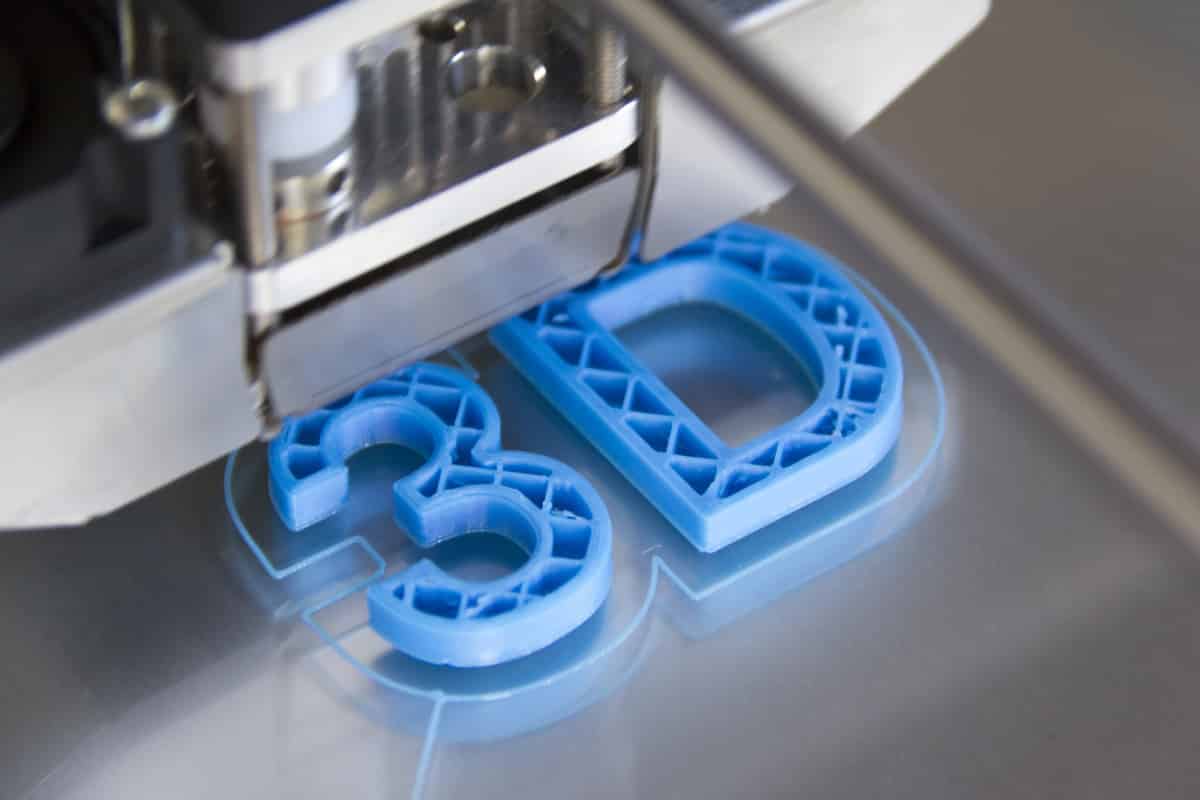In today’s fast-paced world, businesses need to operate as efficiently as possible. An important aspect of this is ensuring that all office equipment, including printers, is functioning smoothly. This is where remote diagnostics for printers come into play. It offers a way to manage and troubleshoot printer issues quickly, without the need for an on-site technician.

Understanding the Basics of Remote Diagnostics
Remote diagnostics for printers is a technology that allows IT professionals to assess and solve printer problems from a distance. Using the Internet of Things (IoT), this technology connects printers to a network, making it possible for technicians to identify and resolve issues without having to be physically present. This method enhances operational efficiency and reduces downtime significantly. Visit our page about Smart Printer Connectivity to learn more.
Benefits of Remote Diagnostics in Printers
Utilizing remote diagnostics for printers brings several significant benefits to businesses:
Improved Troubleshooting Speed
With instant access to a printer’s operational data, technicians can quickly pinpoint issues. This rapid response alleviates potential disruptions in office productivity.
Cost Efficiency
By reducing the need for on-site visits, companies save on travel costs and downtime. For more insights on financial efficiencies, explore IoT Printing Workflow.
Proactive Maintenance
Analytics gathered through remote diagnostics allow companies to engage in proactive maintenance. This means issues can be addressed before they escalate into significant problems, further enhancing office efficiency.
Technical Aspects and IoT Integration
The role of IoT cannot be overstated in the context of remote diagnostics for printers. IoT enables connectivity and data collection, which are integral for effective remote diagnostics. For an in-depth understanding of how IoT enhances this service, you can visit our article on IoT Sensors in Printers.
Data Analytics
Once connected to IoT systems, printers can collect and transmit real-time data for analysis. This data is essential for diagnosing issues and can improve machine learning algorithms for predictive maintenance.
Cloud Computing
Cloud-based storage solutions facilitate the transmission and interpretation of data, making it easier to access, analyze, and act upon diagnostic information. This streamlines troubleshooting and maintenance operations.
Security Considerations
With increased connectivity comes the need for stringent security measures. Businesses must implement robust cybersecurity protocols to protect sensitive information transmitted during the diagnostic process.
Remote Diagnostics in Different Printer Models
From small office printers to heavy-duty production machines, remote diagnostics can be applied across different printer models. This versatility makes it a valuable tool for businesses of all sizes.
Multifunction Printers (MFPs)
MFPs benefit immensely from remote diagnostics due to their complex functionalities, which include printing, scanning, and faxing. Remote monitoring ensures each function operates seamlessly, reducing downtime.
3D Printers
For 3D printers, particularly in manufacturing settings, remote diagnostics is crucial. This technology ensures that print jobs are completed accurately and without significant interruption. Read more about the future role of IoT in 3D printing at The Role IoT Plays in the Future of 3D Printing.
Looking Ahead: The Future of Remote Diagnostics
As the industrial and technological landscape evolves, the importance of remote diagnostics for printers grows correspondingly. Advancements in AI and machine learning are expected to further refine diagnostics, making them faster and more accurate.
AI-Powered Diagnostics
Integrating AI into remote diagnostics will enhance predictive capabilities, offering enhanced foresight into potential issues. This will pave the way for self-correcting systems that require minimal human intervention.
Implementation Challenges and Solutions
While promising, the road to implementing remote diagnostics is not without its hurdles. Connectivity issues, initial setup costs, and the need for specialized training are common challenges. However, these can be mitigated through strategic planning and leveraging the right resources, such as our guide on Intelligent Printing Systems.
Training and Education
Educating staff on the benefits and operation of remote diagnostics tools is crucial. This ensures that all team members are comfortable using and responding to the diagnostic data.
Remote Diagnostics vs. Traditional Methods
When comparing remote diagnostics for printers with traditional troubleshooting methods, the advantages are clear. Remote diagnostics offer faster resolution times, lower costs, and minimized disruptions. This modern approach is indispensable for businesses aiming to streamline operations.

FAQs
How does remote diagnostics improve printer uptime?
Remote diagnostics allows for quicker identification and resolution of issues, reducing downtime significantly.
Is remote diagnostics suitable for all printer models?
Yes, remote diagnostics can be adapted to work with various printer models, from small office printers to industrial machines.
What role does IoT play in remote diagnostics?
IoT is critical as it enables connectivity and data collection, which is essential for effective remote diagnostics. Learn more about its role at Harnessing the Power of IoT for Enhanced Quality Control.
This article contains affiliate links. We may earn a commission at no extra cost to you.







